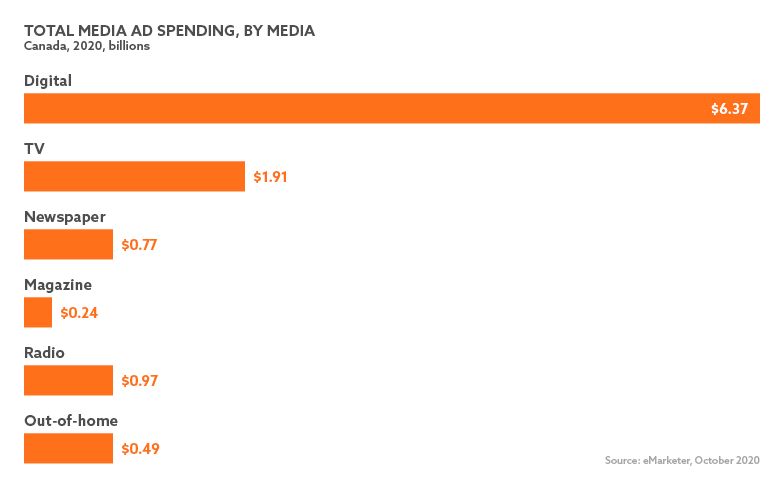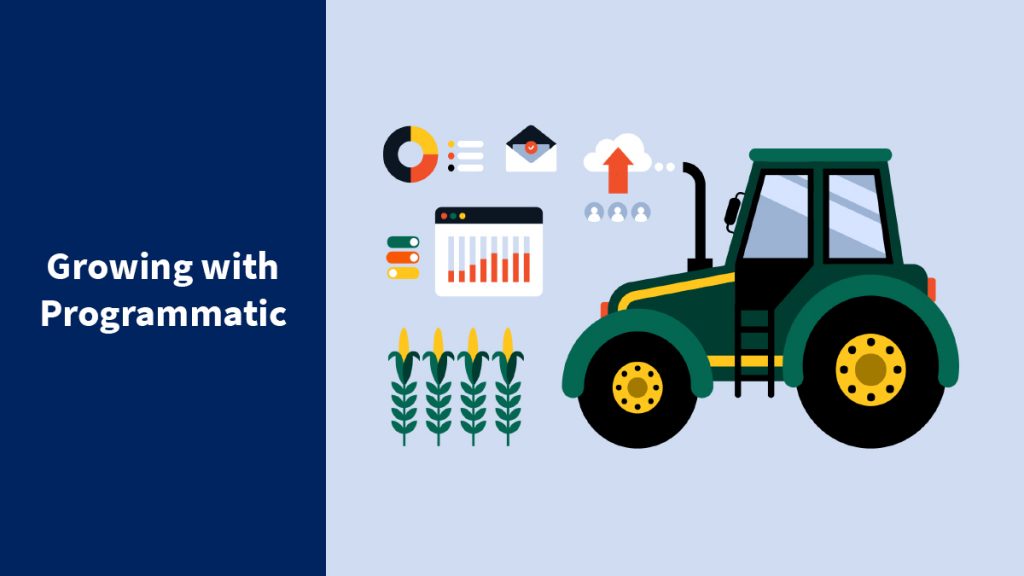In agriculture media, programmatic advertising has been emerging at a rapid rate. The digital journey of a farmer is not limited to only agriculture media. Farmers browse the web in the same way as the average consumer, visiting multiple websites a day and consuming content across a variety of categories.
A farmer is leaving a trail of behaviour and preferences that programmatic companies can then store, enhancing its learning on that customer. Next, they place that customer into a pool where they can be targeted, not only on their interests, but also on the crops they are invested in.
Programmatic advertising is basically a software. The software uses artificial intelligence and machine learning to deliver ads to the right person at the right time on the right platform. Ads are delivered using a platform known as a demand-side platform (DSP), which connects various ad networks, exchanges, and other technology platforms across the open internet.
Available for all forms of digital media, you can use programmatic advertising for audio, connected TV, display and native ads, as well as out of home – a growing sector in the programmatic ecosystem.
In Canada, the Total Media ad spending on digital in 2020 was over $6 billion. It is estimated that in 2021 this will reach $7 billion, and by 2024, over $9 billion.

Programmatic ads are delivered to any website that is on the open Internet. Sites that are considered “walled gardens”, such as Facebook, Google, or Amazon, do not accept programmatic buys. Unfortunately for agrimarketers, many of the agriculture media in North America are also walled gardens. You can only purchase inventory through a direct relationship with the publisher itself.
There are multiple ways to purchase programmatic ads using a bidding system, or directly from the publisher through the software. In order to optimize the DSP, it is always recommended that you work with a programmatic trader. This trader will have the knowledge to navigate the software and use it to its fullest extent.
Ultimately, programmatic advertising is the purchase of consumer data in order to deliver ads to them wherever they may go online, rather than placing ads directly in a particular media channel.
It’s important to note that you may also want to use a data management platform (DSP), to store information and repurpose it for future campaigns. If you use an outside DSP, you will have to work with them directly to capture their data most efficiently.
In 2020, programmatic represented $2.7 billion in Canadian ad spend, and in 2021 will exceed $3 billion. In the United States, these numbers are even higher.

We begin by defining the farmer’s persona including their interests, the crop they are invested in, their location, and so on. We look for resources beyond the programmatic research ecosystem, layering in data. This data can include information from the USDA as well as any first-party data we may have (such as past website visits, email subscriptions, article views or loyalty programs).
Once we have all the information in place, we can begin to tell the software when, how, and how often to target this particular user, reaching them at strategic points in their digital journey. Ultimately, we choose these based on the desired marketing outcome.
Using acquired data to refine the audience is only the beginning. Advertising should also be relevant in terms of messaging, timing, and the device the customer is viewing on. There are also other strategies you can employ to refine your programmatic campaigns:
Programmatic strategies may on the surface appear to be for large-brand advertisers only. In reality, programmatic buying is the ideal approach for any marketing campaign with the objective of reaching a specific audience.

If you’re considering adding programmatic advertising to your media mix, join WS’ Media Director Maz Tannir and Performance Director Anup Patel on July 22, 2021, for The Versatility of Programmatic: How the Agriculture Sector is Thriving with WS and StackAdapt, a webinar presented by Stackadapt.
Editor’s Note: This piece was originally published in October 2016. It was revised in July 2021 with updated statistics and new information.